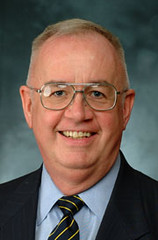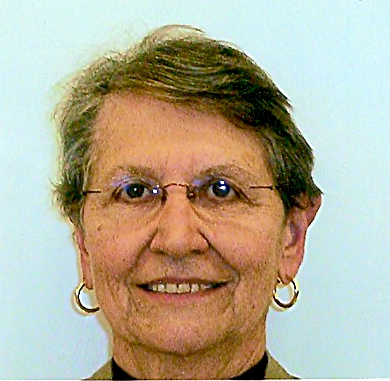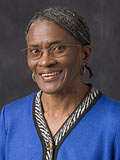 In an instant, I was back in my Multicultural Books for Young Readers class, and Dr. Joan Atkinson sat leading a book discussion on Make Lemonade by Virginia Euwer Wolff. In this graduate level course we read a discussion book every three weeks and sat through different formats one might use to present them.
In an instant, I was back in my Multicultural Books for Young Readers class, and Dr. Joan Atkinson sat leading a book discussion on Make Lemonade by Virginia Euwer Wolff. In this graduate level course we read a discussion book every three weeks and sat through different formats one might use to present them.Make Lemonade is the story of 14-year-old La Vaughn and her relationship with unwed, teen-mother of two, Jolly, for whom she babysits. Both La Vaughn and Jolly live in the inner-city, but their lives are totally different with La Vaughn having a stable family and supportive mother, but Jolly is living on her own and making numerous bad decisions.
The book is written in free verse, and within the 66 chapters readers will find slang and irregular English. I remember thinking this is a great book for reluctant readers; although, it contains numerous chapters, they are small and easily digestible.
After we discussed characterization, plot, symbolism, and theme, etc. Dr. Atkinson surprised us by asking the race of each character. True to Eudora Welty’s “missy”, we assigned race to all the characters. Unlike Saturday's discussion, we did not agree on the race, for example some assigned an all white cast, some an all black, and some–self included–made La Vaughn’s family black and Jolly’s family white. Dr. Atkinson smiled as she pointed out that Wolff did not describe any characters by race.
In an interview with the author, Roger Sutton asked, “One thing people have talked about with Make Lemonade...is that we aren’t told the race of the people in it. I assumed they were white; colleagues have assured me that they are black.”
Wolff replied, “I was very careful of not having them be any race, any particular ethnicity. I had hoped that the readers of Make Lemonade would have the characters be whatever ethnicity they needed them to be. I have on my wall a drawing, made by an eighth-grader, in which Jolly and LaVaughn are clearly Asian. That was the sort of thing I had hoped for. It’s true that their language is not the language of any ethnic group, and you could call that a virtue or a flaw, depending on how you look at it.”
Could this be the book a teacher uses to enter into a non-threatening discussion on race? The book is best for seventh and eighth grade classes, and might be the perfect precursor to Wright and Welty’s work.
I’ll leave you with a quote from my classroom text Against Borders: Promoting Books for a Multicultural World by Hazel Rochman. “A good story is rich with ambiguity. You sympathize with people of all kinds.” (20) ~ Maggie
Note: The cover above for Make Lemonade was the book most of us held in class. I used the cover to argue Jolly white, but one could argue it is La Vaughn at the window. Dr. Atkinson was afraid we would all use the cover in that capacity, but it turns out to be just as ambiguous as the characters in the story. This cover is no longer printed. It is now a bright slice of lemon dripping from a blue sky. ~Maggie











No comments:
Post a Comment